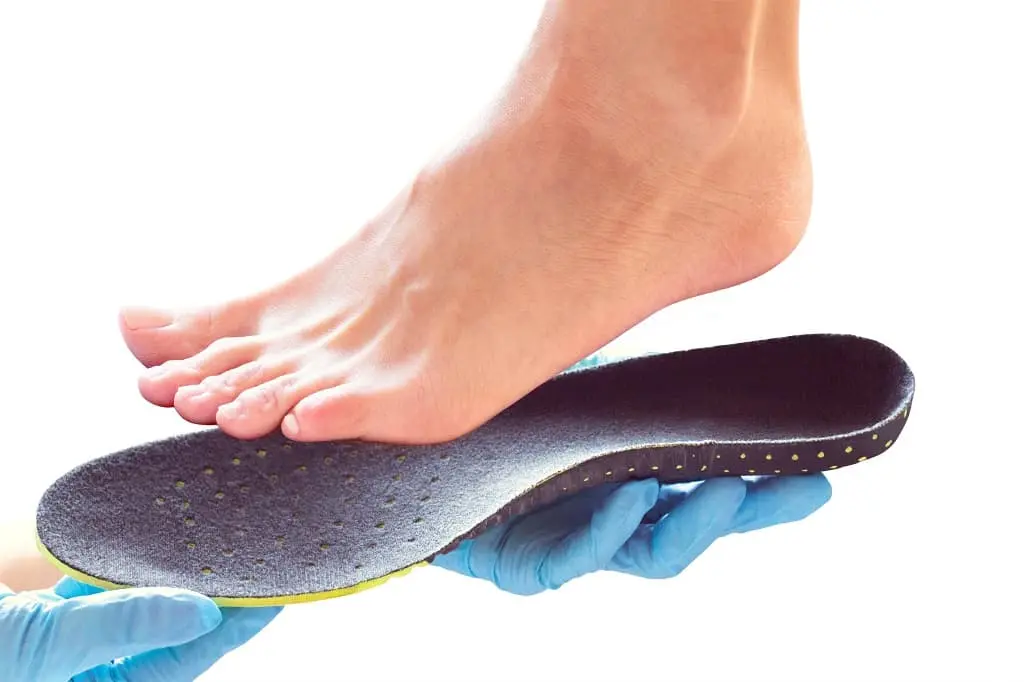Introduction
Ever noticed how each step you take feels different based on the shoes you wear? Well, that’s largely due to something called arch support, a key aspect of your foot’s anatomy. Let’s dive deep into why arch support is not just about comfort, but a necessity for healthy walking.
The Science of Arch Support
Understanding the importance of arch support in footwear isn’t just about comfort; it plays a crucial role in your overall foot health. The arch of your foot, that curved section on the inner side, is a natural biomechanical wonder. It’s designed to support your body weight and absorb the shock that comes with every step you take.
The Role of the Foot Arch
Think of your foot arch as a spring. When you step down, the arch compresses, absorbing some of the shock from the impact. Then, as you lift your foot, it returns to its original shape. This mechanism is essential for reducing the stress on your feet, ankles, knees, and even your back.
Types of Foot Arches
There are generally three types of foot arches:
- Normal Arch: This is the most common type. Feet with a normal arch have a well-defined curve along the inside. Footwear for this arch type should provide a balance of stability and flexibility.
- Flat Arch (Flat Feet): In this case, the arch is minimal or non-existent, causing the sole of the foot to completely touch the ground. This can lead to overpronation, where the ankle rolls too much inward with each step. Supportive shoes and inserts are often necessary to provide stability and distribute pressure more evenly.
- High Arch: With a high arch, there’s an excessive curve on the inside of the foot. This type can lead to underpronation (or supination), where the outer edge of the foot bears the brunt of the impact when walking or running. Shoes with ample cushioning and flexibility can help absorb shock and provide better support.

Why Arch Support Matters
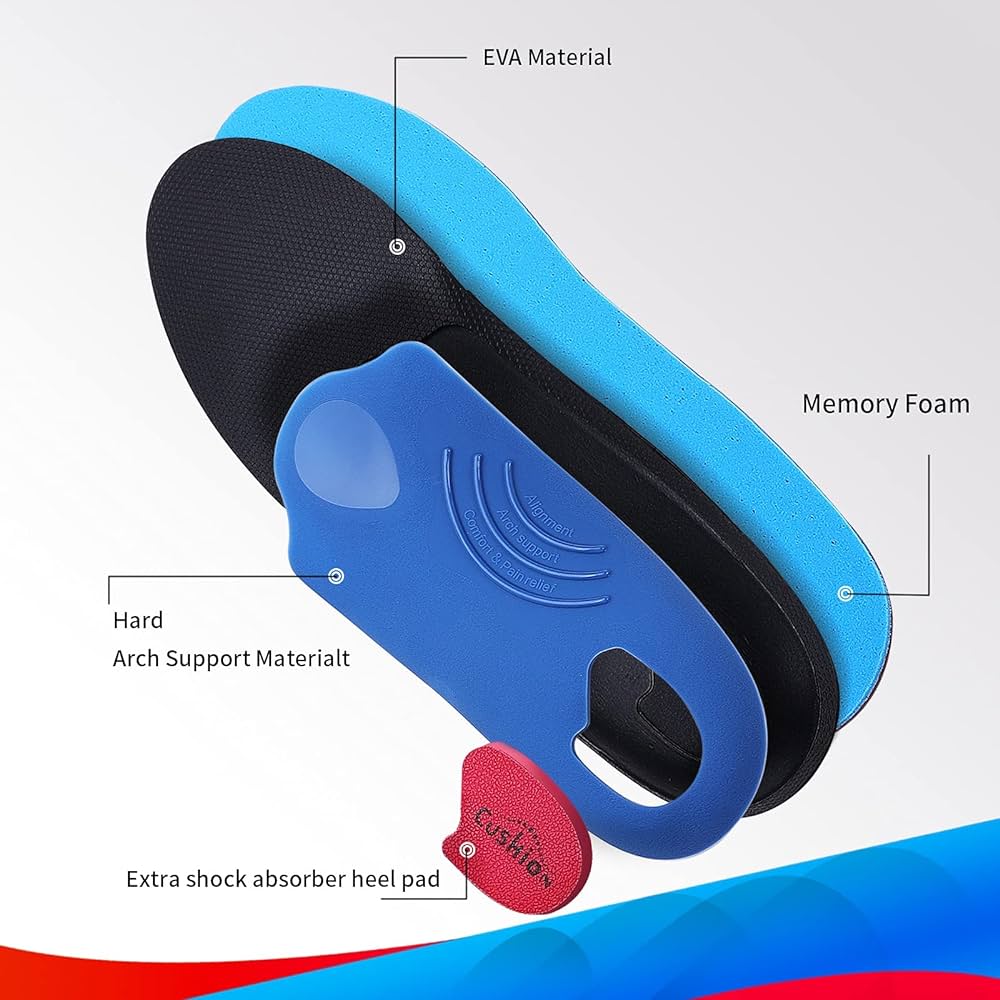
Inadequate arch support can lead to various issues, including plantar fasciitis, heel spurs, knee pain, and even lower back problems. Proper arch support helps in:
- Distributing Pressure: It ensures that your body weight is evenly distributed across your feet.
- Providing Stability: Good arch support helps in maintaining balance and preventing ankle rolls.
- Enhancing Comfort: It reduces the strain on your feet, making walking or running more comfortable.
- Preventing Injuries: By maintaining proper alignment and reducing stress on your feet, good arch support can prevent common foot injuries.
Identifying Your Arch Type
Identifying your arch type is a fundamental step in ensuring you have the right support for your feet, which is crucial for overall foot health and comfort. Your arch type affects how you walk, your susceptibility to certain foot conditions, and the type of footwear that is best for you. Here’s how you can determine your arch type and understand its implications:
How to Identify Your Arch Type
- The Wet Test:
- Wet the bottom of your foot.
- Step onto a piece of paper or a dry surface that will show your footprint.
- Examine the print. The shape it leaves will give you a good idea of your arch type.
- Observation of Wear Patterns on Shoes:
- Look at your most frequently worn pair of shoes.
- Check where the most wear is on the sole. The wear pattern can provide clues about your arch type and gait.
Types of Foot Arches and Their Characteristics
- Normal or Medium Arch:
- Footprint Test: Shows a distinct curve along the inside of your foot with a band a little less than half the width of your foot connecting the heel and toe.
- Wear Pattern: Uniform wear across the sole.
- Foot Characteristics: Generally well-balanced and biomechanically efficient. Less prone to common foot problems.
- Flat Arch (Low Arch or Fallen Arches):
- Footprint Test: Shows almost the entire sole of your foot, with little to no inward curve.
- Wear Pattern: Excessive wear on the inside of the sole.
- Foot Characteristics: Tends to overpronate (foot rolls inward excessively). May be more susceptible to heel pain, plantar fasciitis, and other issues.
- High Arch:
- Footprint Test: Shows a very narrow band or no band connecting the heel and toe.
- Wear Pattern: Excessive wear on the outer edge of the sole.
- Foot Characteristics: Tends to underpronate or supinate (insufficient inward roll after landing). Can be more susceptible to ankle strains, shin splints, and stress fractures.
Why Knowing Your Arch Type is Important
- Personalized Footwear: Understanding your arch type helps in selecting shoes that provide the right level of support and cushioning.
- Injury Prevention: The right shoes can help prevent injuries related to your specific arch type.
- Enhanced Comfort: Shoes that match your arch type can significantly increase comfort, especially if you spend a lot of time on your feet.
- Overall Health: Proper foot alignment, which starts with the right arch support, can positively affect your entire body, reducing strain on joints and muscles.
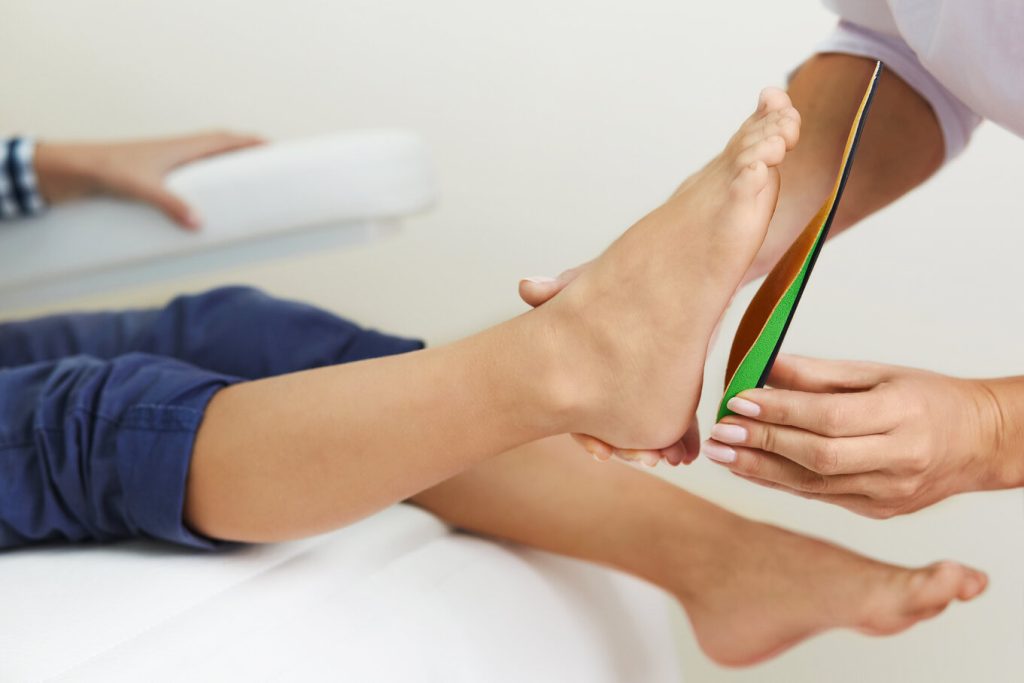
Choosing the Right Footwear
Understanding Your Needs
- Identify Your Arch Type: As discussed earlier, knowing whether you have flat feet, high arches, or normal arches is crucial.
- Consider Your Activities: The demands of your daily activities or sports play a significant role in what footwear is appropriate.
Features to Look for Based on Arch Type
- Flat Feet (Low Arch):
- Support: Look for shoes with structured support, especially in the arch area, to prevent overpronation.
- Motion Control: Shoes with motion control help stabilize your feet and are beneficial for those with flat feet.
- Firm Midsole: A firm midsole provides additional arch support.
- Normal Arch:
- Stability: Shoes that offer a good balance of cushioning and support are ideal.
- Moderate Arch Support: Look for shoes with enough arch support to maintain the natural curve of your foot.
- Versatile Functionality: You can opt for a variety of shoes, as long as they provide adequate support and cushioning.
- High Arch:
- Cushioning: High arches need shoes with plenty of cushioning to absorb shock, as your foot may underpronate.
- Curved Shape: Shoes that have a slightly curved shape tend to be more comfortable.
- Soft Midsole: A soft midsole helps to better absorb impact.
For Athletes and Active Individuals
- Running Shoes: Look for shoes specifically designed for running, as they offer the necessary cushioning and support.
- Sport-Specific Shoes: If you’re into a specific sport (like basketball, tennis, or soccer), choose shoes designed for that sport’s unique movements.
Tips for Trying on Shoes
- Shop in the Afternoon: Feet tend to swell throughout the day; shopping later can help you find a fit that will be comfortable all day long.
- Wear the Right Socks: Wear the type of socks you plan to wear with the shoes.
- Check for Space: Ensure there’s about a thumb’s width between the front of the shoe and your longest toe.
- Walk Around: Don’t just try them on—walk around in the store to see how they feel.
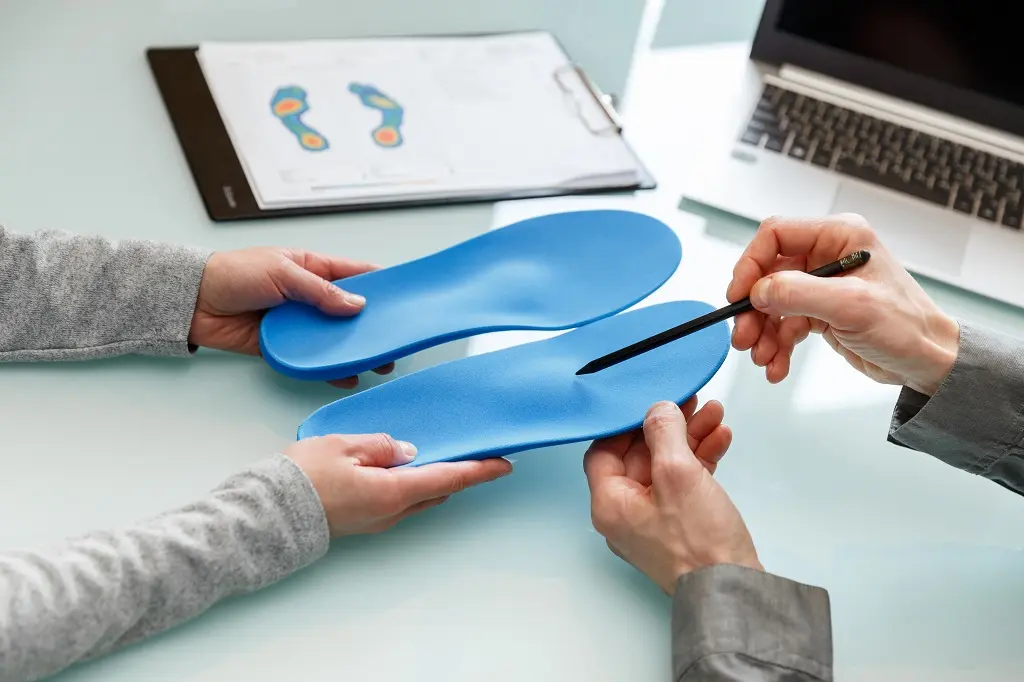
Arch Support for Athletes
Before we delve into why Atlas Arch Support is the go-to choice for athletes, let’s first understand why proper arch support is essential for those who lead an active lifestyle.
1. Improved Performance
Whether you’re a runner, a basketball player, or a weightlifter, your feet are the foundation of your athletic prowess. Proper arch support ensures that your feet are in the optimal position to absorb shock, distribute pressure evenly, and maintain stability during physical activities. This leads to improved balance, agility, and overall performance.
2. Injury Prevention
Athletes are no strangers to the risk of injuries, and foot-related issues are all too common. Insufficient arch support can lead to overpronation, plantar fasciitis, shin splints, and other injuries that can sideline you from your favorite sports. Atlas Arch Support helps reduce the risk of these injuries by providing the necessary support and cushioning.
3. Enhanced Comfort
Comfort is a game-changer for athletes. Uncomfortable footwear can distract you from your training or competition, affecting your focus and confidence. Atlas Arch Support ensures that your feet stay comfortable throughout your athletic endeavors, allowing you to concentrate on your performance.
Atlas Arch Support: Your Ideal Companion
Now that we’ve established the importance of arch support let’s take a closer look at why Atlas Arch Support stands out as the perfect choice for athletes.
1. Customizable Fit
Atlas Arch Support offers a personalized solution for athletes. Their products are designed to be adjustable, allowing you to customize the level of support to meet your specific needs. This adaptability ensures that you get the perfect fit, enhancing your comfort and performance.
2. Versatile Design
Whether you’re a runner, a cyclist, a crossfitter, or participate in any other sport, Atlas Arch Support has a solution for you. Their product range covers a wide spectrum of athletic activities, ensuring that you can find the ideal arch support for your chosen sport.
3. Superior Materials
Quality matters when it comes to arch support. Atlas Arch Support uses top-notch materials that provide excellent cushioning and durability. You can trust that their products will withstand the rigors of your training and competitions.
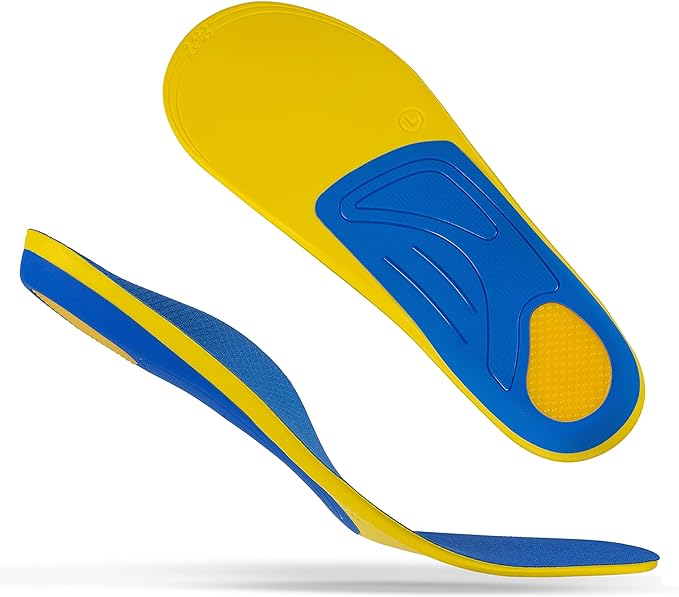
Custom Orthotics vs. Over-the-Counter Solutions
Sometimes, over-the-counter insoles just don’t cut it. Custom orthotics, though more expensive, can provide tailored support for your unique foot structure. Consulting a specialist can help you make the right choice.
Lifestyle and Arch Support
Your daily activities dictate the level of arch support you need. If you’re on your feet all day, for instance, you’ll need more support. Older adults also need to pay special attention to arch support to maintain mobility.
Exercises for Strengthening Your Arches
Yes, you can exercise your arches! Simple home exercises can strengthen your foot muscles, promoting long-term arch health and support.
Common Myths About Arch Support
There are many misconceptions about arch support. For instance, more cushioning doesn’t always mean better support. It’s important to distinguish myth from fact.
Arch Support and Overall Health
Your feet are connected to your overall body alignment. Poor arch support can lead to issues beyond your feet, like back pain and joint stress.
Children and Arch Support
For children, proper arch support is crucial during their developmental years. It can prevent future foot problems and ensure healthy foot development.
Technological Advances in Arch Support
From 3D printed insoles to smart shoes, technology is revolutionizing arch support. These innovations promise more personalized and effective solutions for foot health.
The Future of Arch Support
The future looks promising with ongoing research and development in the field of foot health. We can expect even more personalized and effective arch support solutions.
Conclusion and Final Thoughts
Remember, your feet carry you through life. Taking care of them by ensuring proper arch support is not just a matter of comfort, but a long-term investment in your health.
FAQs
- Can improper arch support cause back pain? Absolutely, poor arch support can lead to misalignment, which in turn can cause back pain.
- Are custom orthotics worth the investment? For those with specific foot issues, custom orthotics can provide tailored support and are often worth the investment.
- How often should I replace my footwear for proper arch support? Footwear should generally be replaced every 300-500 miles of use, or at least once a year, depending on your level of activity.
- Can exercises really improve arch support? Yes, targeted exercises can strengthen the muscles in your feet, improving arch support.
- Is arch support important for children? Absolutely, proper arch support is crucial for children’s developing feet.
